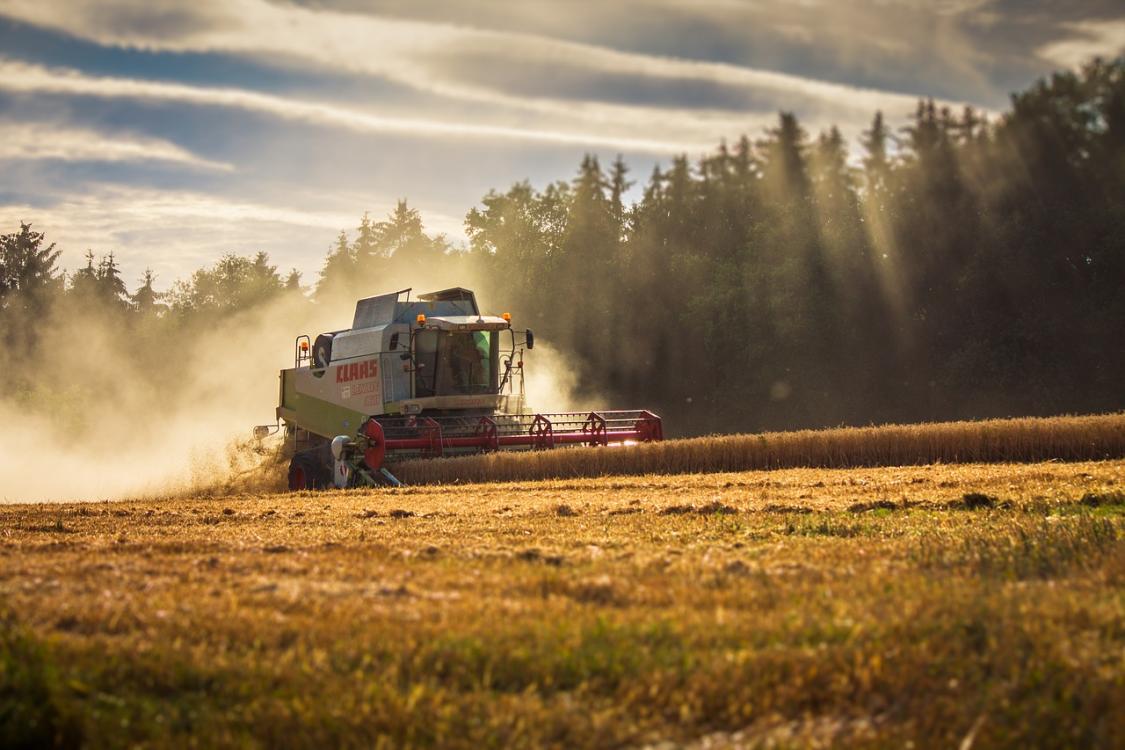You are here
Back to topTrump Administration Announces $12 Billion in Aid to Farmers

On July 24, the Trump administration unveiled its plan to offer $12 billion in aid to American farmers affected by retaliatory tariffs imposed by its trading partners in response to the growing U.S.-initiated trade war. In a USDA press release, U.S. Secretary of Agriculture Sonny Perdue stated that this aid package was intended to be a short-term solution to “protect agricultural producers while the Administration works on free, fair, and reciprocal trade deals to open more markets in the long run to help American farmers compete globally.”
The aid package consists of a three-step plan, the first step of which involves direct payments to growers and producers of soybeans, dairy, sorghum, pork, corn, wheat, and cotton. Secondly, the USDA will buy surplus fruits, nuts, beef, milk, pork, and rice from U.S. producers that would otherwise have been exported and instead will distribute them to federal nutrition assistance programs. The final part of the plan is to help American farmers find and develop new export markets abroad.
Reaction to the plan has been mixed at best. Democrats have blasted the aid package as a “soviet-style program,” and Republicans have generally agreed with their colleagues and have panned the measures as akin to welfare. “[Farmers] want trade, not aid…[they] actually want the free-market system to work as best as possible and they want access to these overseas markets,” Wisconsin Republican Sen. Ron Johnson said. The general consensus across the aisle remains that by far the current best course of action would be to reverse the U.S.-imposed tariffs and end the self-inflicted trade war.
American agriculture associations and groups have, by and large, expressed some form of gratitude for the assistance. Jim Heimerl, President of the National Pork Producers Council, noted that “the restrictions we face in critical markets such as Mexico and China – our top two export markets by volume last year – have placed American pig farmers and their families in dire financial straits” and thanked the president for the measures.
However, most have been more reserved in their praise and have called on the administration to do more than provide temporary relief, such as Casey Guernsey, Spokesperson for Americans For Famers & Families. “My family got into farming to sell beef, not to accept government assistance. While we need to hold our trading partners to account and ensure fair deals are reached, our government must also pursue long-term and sustainable solutions.” Farmers themselves have also been lukewarm towards the aid package, with most preferring a resolution to the current trade disputes and expanded foreign market access instead of federal assistance.
With key midterm elections approaching in November, this $12 billion sends a clear sign that Trump is seeking to reassure his base, of which Midwest farmers constitutes a large portion and played a crucial role in delivering him key states in the 2016 election, that he can and is actively defending their interests. This very demographic is the most impacted by current tariff escalations with U.S. trading partners, as China, Canada, Mexico, and others have taken a nuanced approach in enacting retaliatory tariffs by targeting states and products that impact Trumps own voter base. Furthermore, despite the avoidance of an all-out trade war by the July 25 announcement of a ‘trade ceasefire’ between the U.S. and the European Union, an aid package of this size seems to still indicate that the Trump administration does not intend to end the escalating trade war any time in the near future without serious concessions, especially from China.
Image: Pixabay














Add new comment